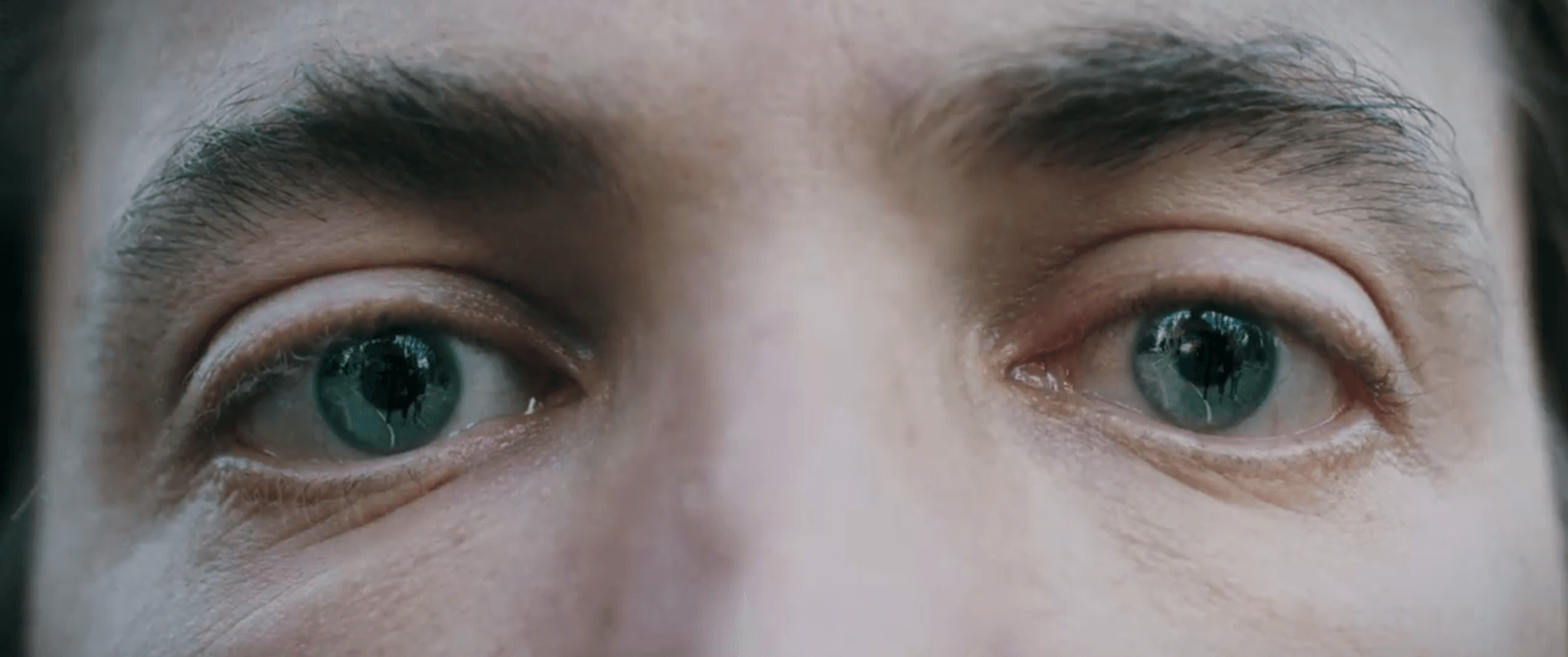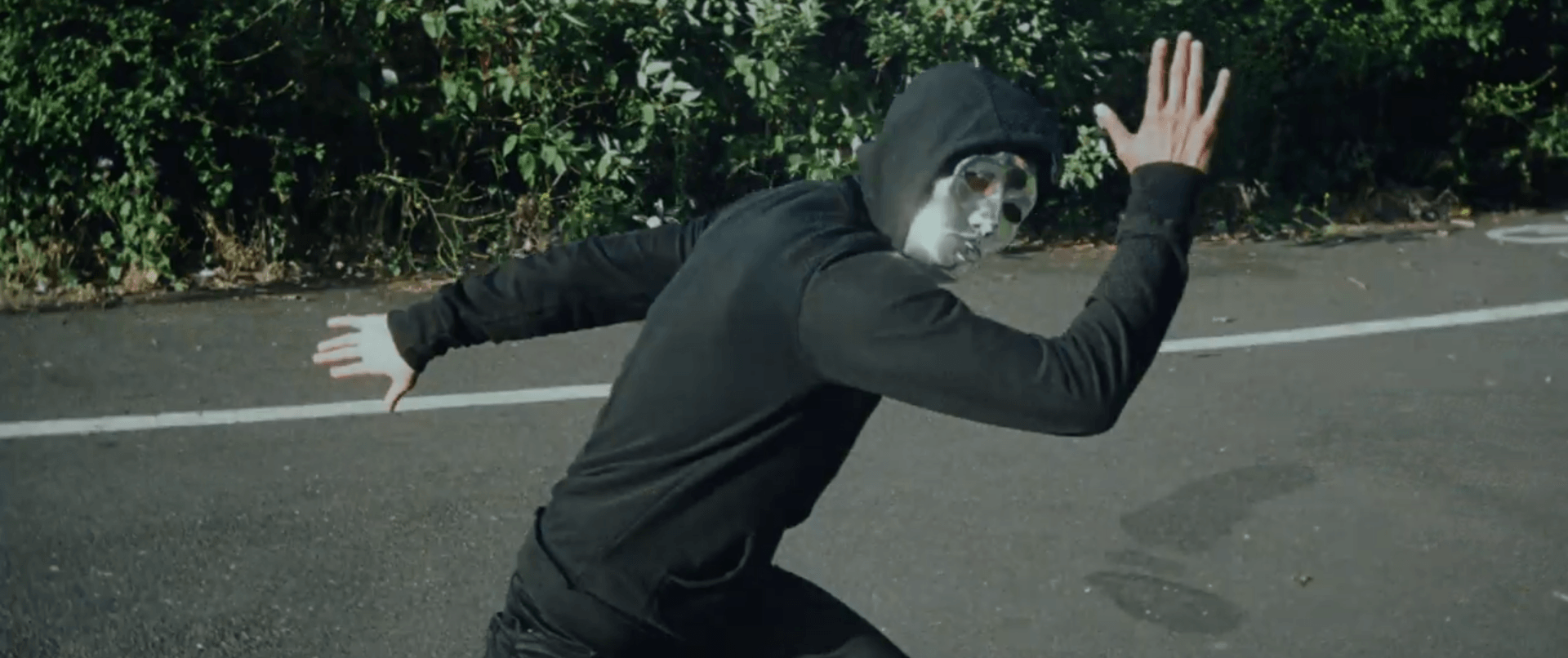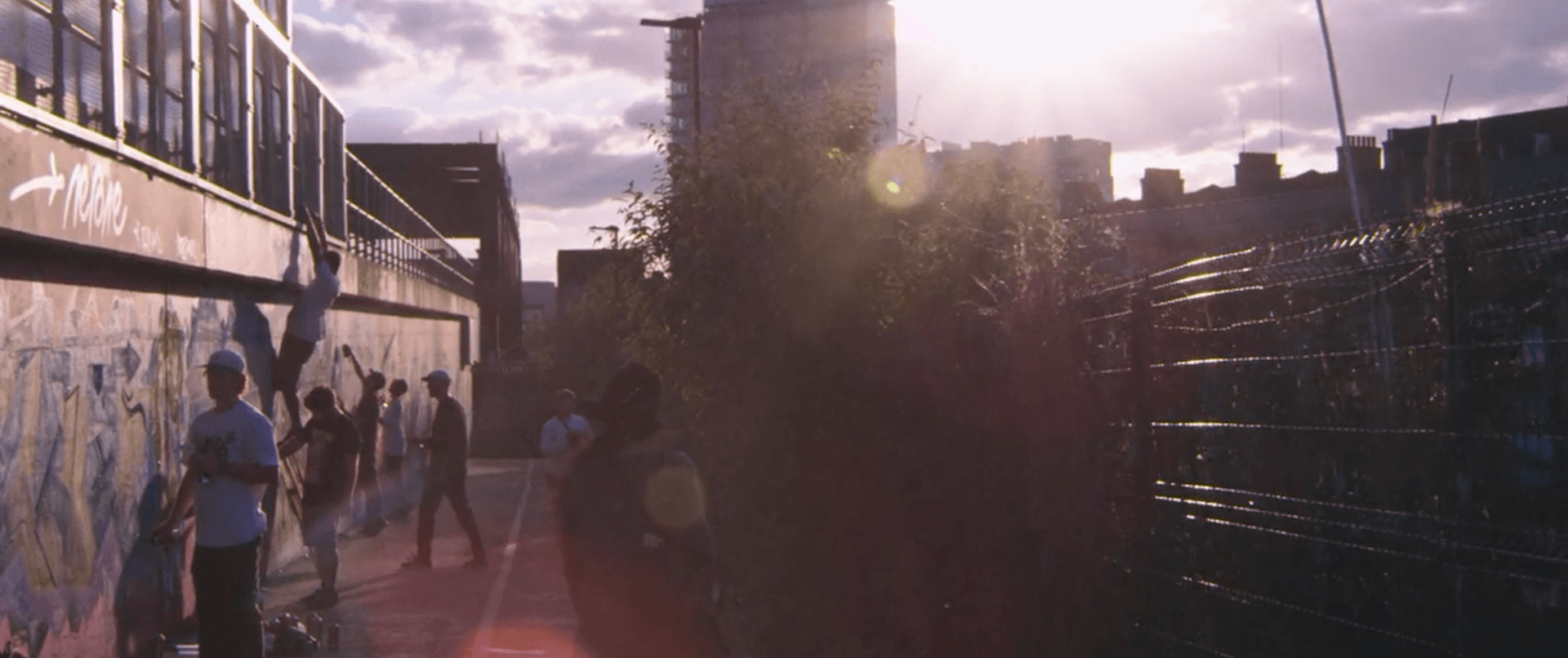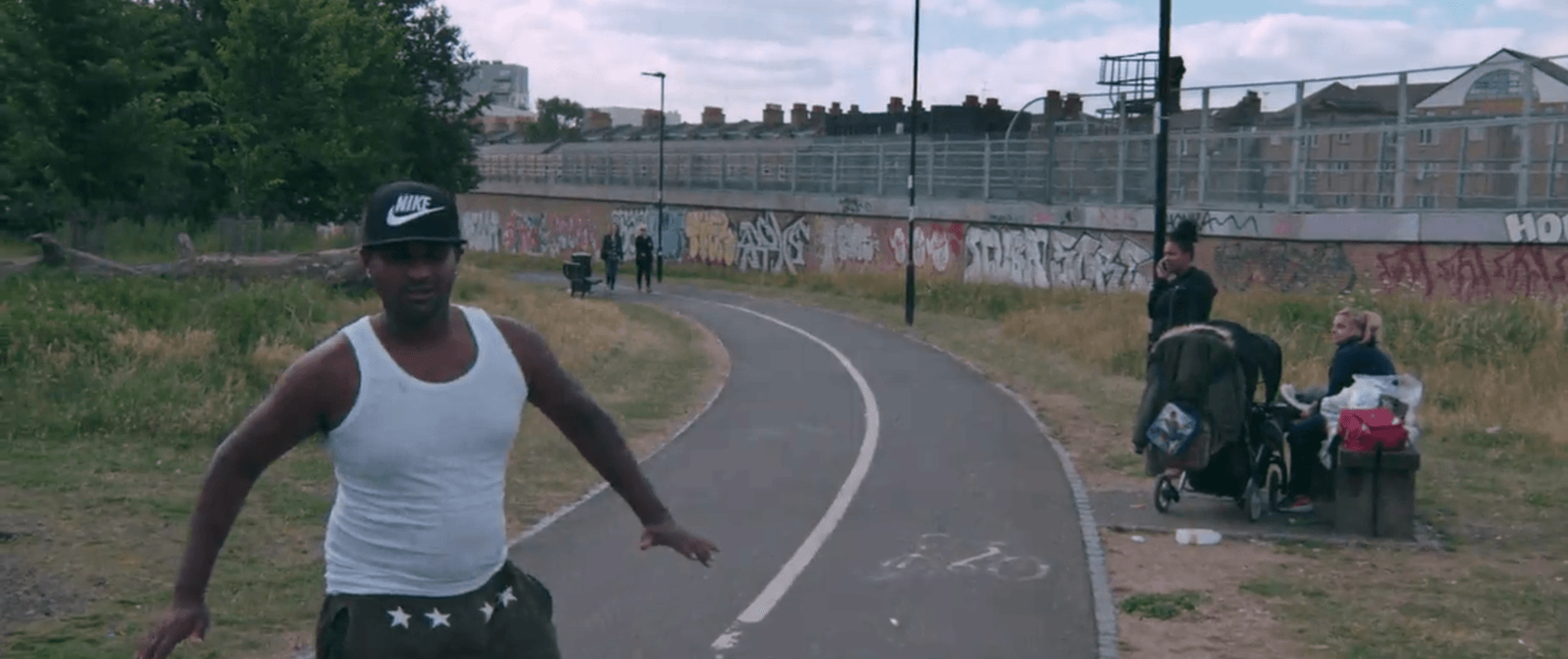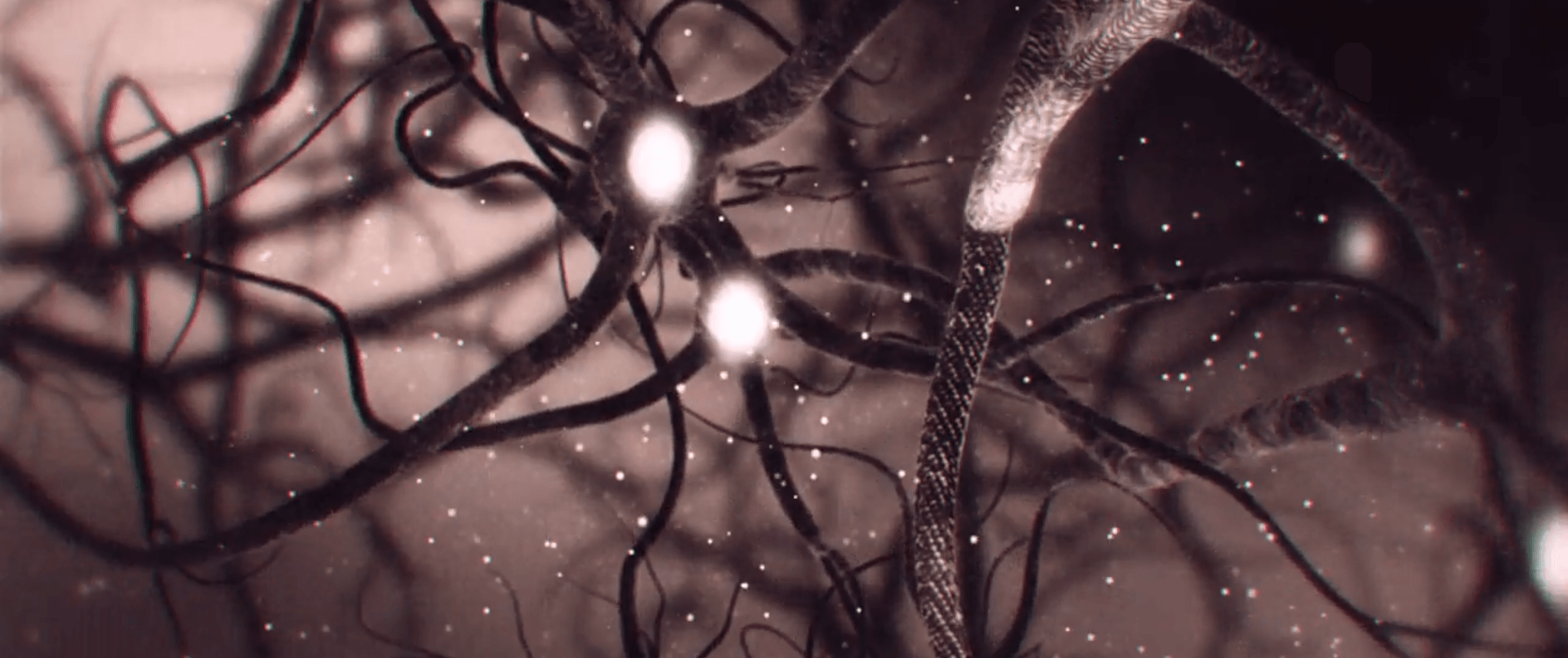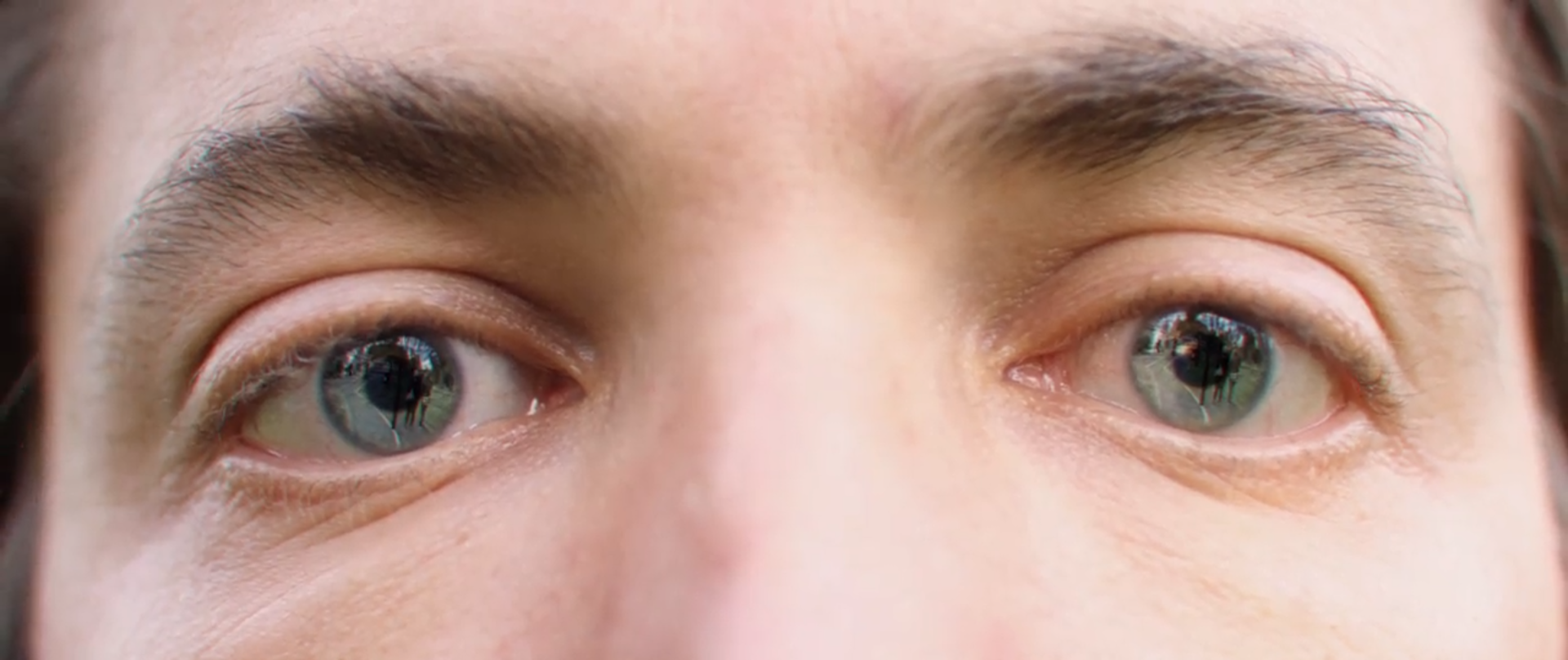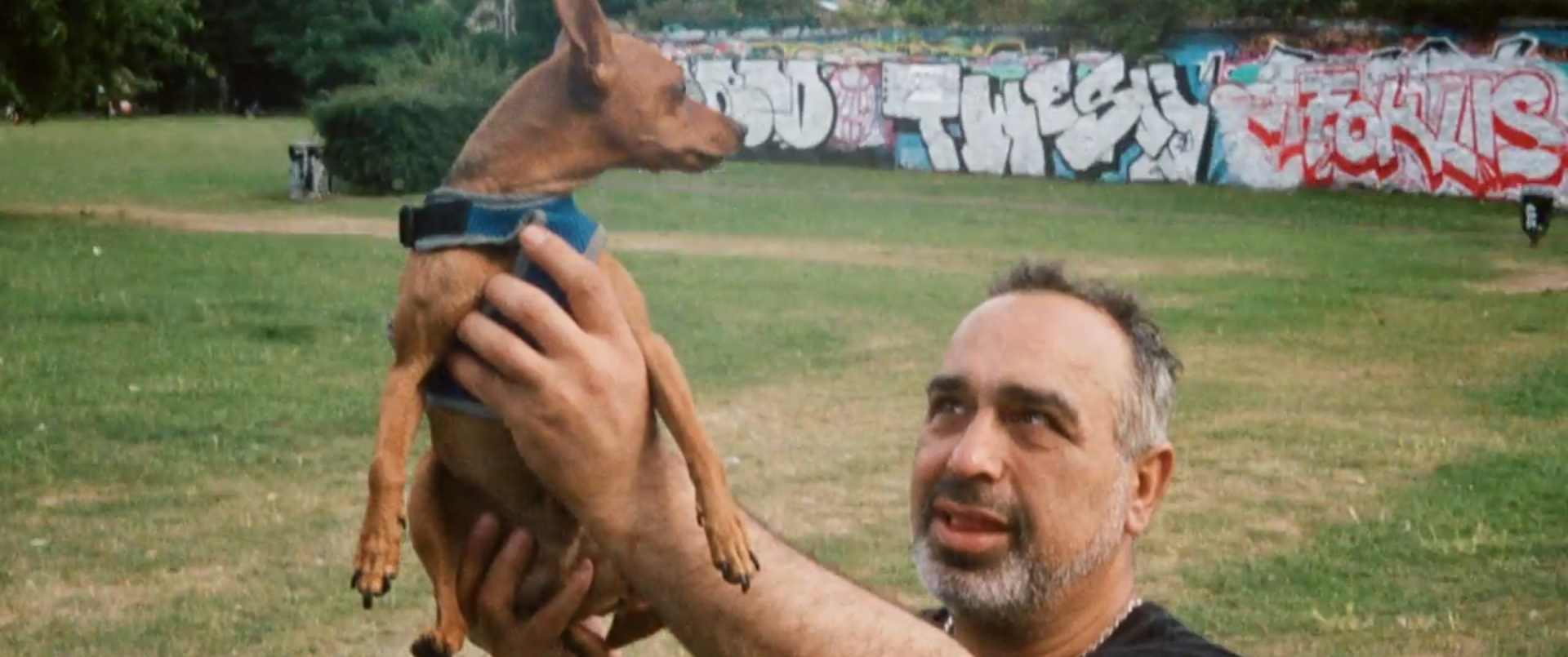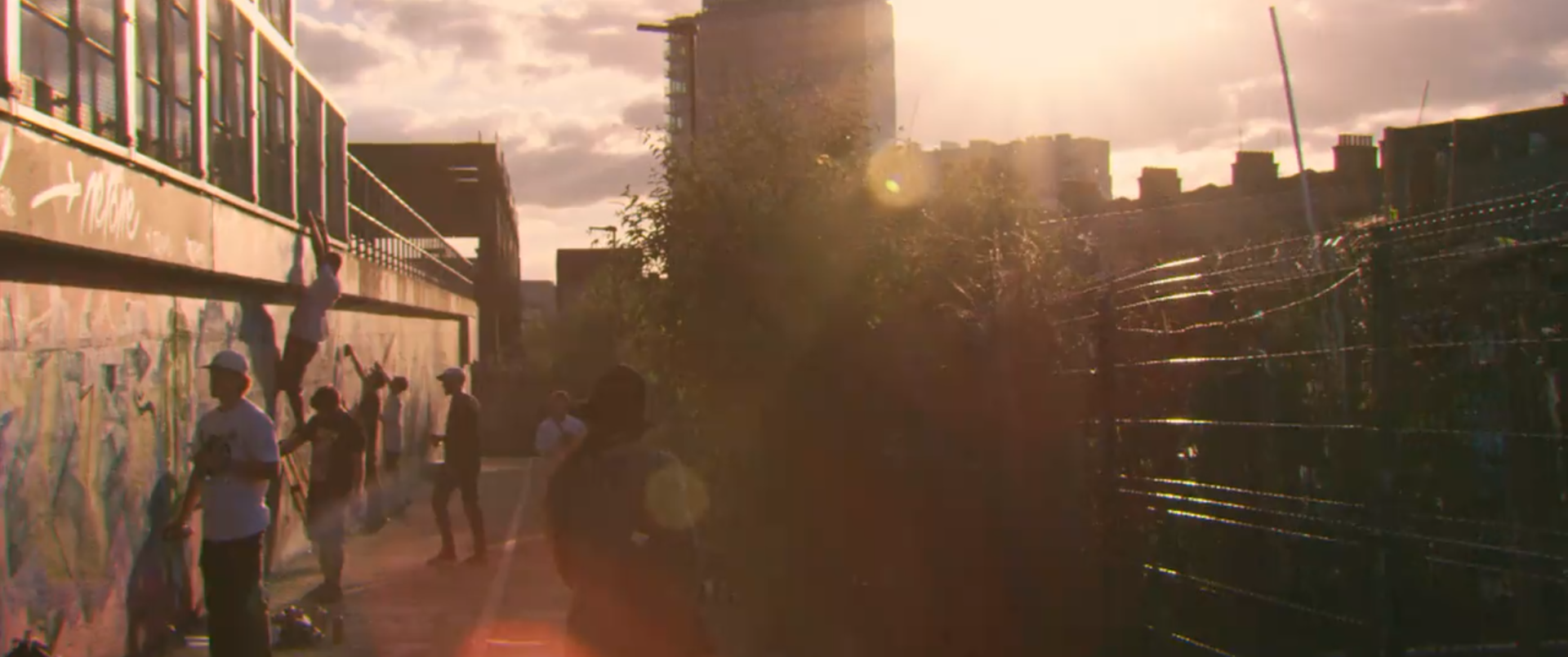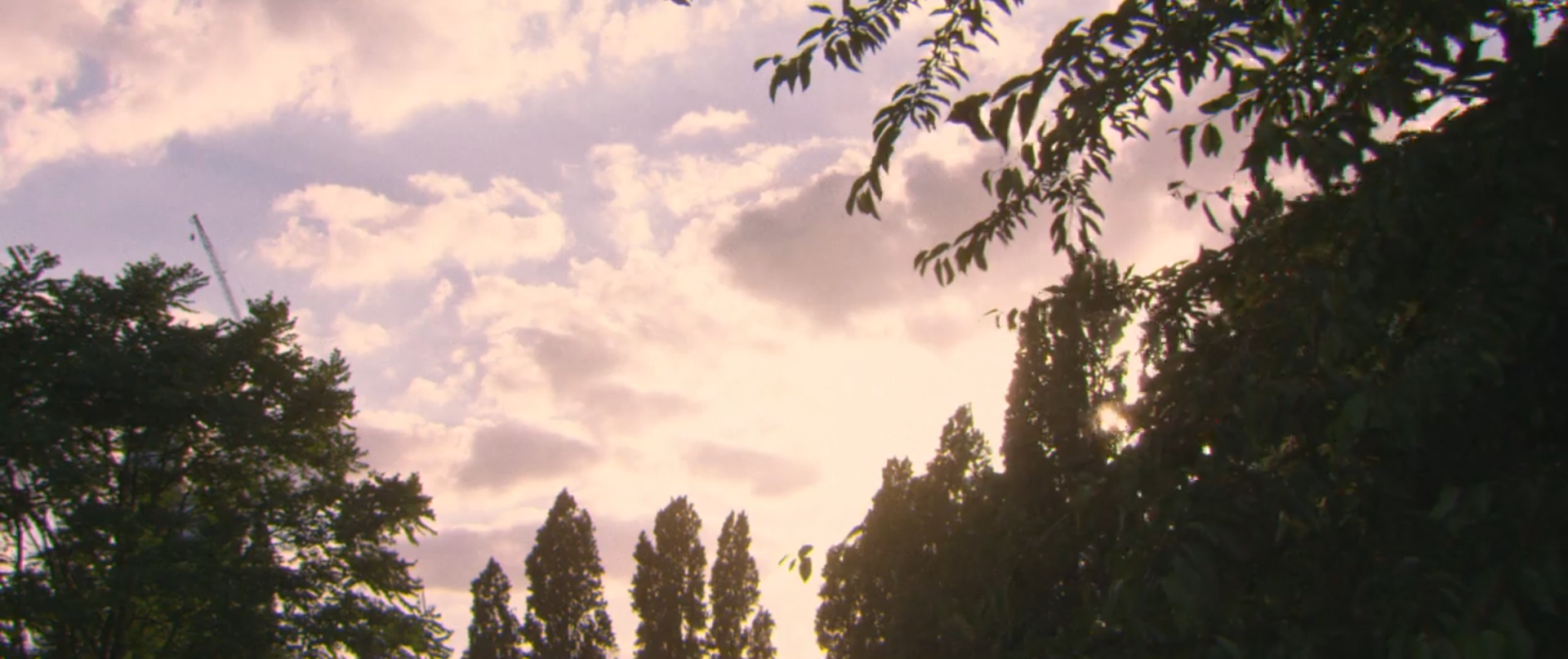Escape to Reality | The Appointment (with Anil Seth, Katharine Round and Guerrilla Science)
Barbican: More Than Human Exhibition | Cork Culture Night 2019 | FutureFest 2019
Escape to Reality debuted at FutureFest by Nesta, Europe’s largest festival of the future. Guests stepped into a blacked-out box, put on a pair of headphones and embarked on an intimate sonic journey as they viewed the film. Following the screening, we hosted a discussion between neuroscientists from the Sackler Centre for Consciousness Science at the University of Sussex, artists and the guests, to investigate the science behind consciousness.
The Escape to Reality installation has also been held at the Barbican Centre during the exhibition run of AI: More Than Human, and as part of Culture Night Cork City, at the National Sculpture Factory, Ireland.
Created by Guerrilla Science, Anil Seth, Jamie Perera & Katharine Round.
Journal piece:
June 15, 2018
"Same same but different"
Musings on shared realities while working with Anil Seth, Katharine Round and Guerrilla Science on "The Appointment" and "Escape to Reality"
It’s 11:13am on Sunday 15th July 2018. I’m currently sitting in a hotel in Cairo high above Tahrir Square, procrastinating. There’s been constant beeping of all kinds of vehicles wafting up from the streets since about six this morning. These are very different beeps to London beeps. I’m thinking that most of those horns are communicating much more than just “get out of my way”. There’s long beeps, short rhythmic beeps, percussive woodpecker like flurries. I’m hearing “hey I’m behind you”, “coming through”, even “hello! I can’t stop right now but I’ll catch up with you later”. I’m in a slightly liminal state that accompanies my state of inaction, where the sound has been intrusive, but over time has become stochastic as well as musical, and a resulting sleepy belief that I can discern the language of car horns around Tahrir Square and therefore gain insight into the people of Egypt. I’ve been in Cairo a week, and this notion feels like western muppetry of the highest order. However it’s true that throughout this trip there’ve been moments where I’ve been taking in much more detail, attempting to consider the stories behind people I meet, as well as having the usual reactions from people at face value. Like the brothers who took me into their home when I couldn’t find public transport from the airport, who then argued aggressively about feminism. Like a taxi driver being insulted by my insistence that I wear my seatbelt, and finally wearing his own in some kind of protest (mine left an orange dust stripe on my teeshirt that told me a lot about seatbelts in Cairo), the work colleague I met for the first time on this trip is a body builder from Iraq who is scared of horses. This goes the same for objects, groups of people, and now car horns. And it’s all the fault of Guerrilla Science and Anil “Mr. I’m going to blow your mind” Seth. I’ll explain. And by the way, I’m not ungrateful :)
Before my trip to Egypt, I had been working with Guerrilla Science exploring the idea of a “Sonic Tour of Consciousness”. My take on this theme was an idea where you could experience what it was to be in someone else’s head, a sort of “Being John Malkovich” scenario, to show that everyone has a different experience of reality dependent on past conditioning and present variables. Maybe a scenario where the environment that you physically stepped into would somehow infer who you were, and what your reality was like. For example, a simple walk to the shops would involve slowness, and fear of people, if you were in the head of a pensioner that had been mugged in the past... or the same walk would involve staring at the sky and marvelling at tree branches if you were in the head of someone tripping on LSD. On discussion with Anil, it seemed that this was viable in theory, however in practice (and with a lot of shaping by GS) it became clear that the best way to do this was to create a set of films that somehow showed that a shared reality could be different depending on who you were. The same film should somehow have different treatments to place the viewer in different realities. Simple right?
Cue the entrance of filmmaker and long-term collaborator Katharine Round, creator of documentary “The Divide”, a fantastic exploration of the detrimental effects of wealth inequality. Katharine had long been thinking along similar ideas for a film and so jumped on the project with an enthusiasm I can only describe as voracious. Our test film series “The Appointment” used exactly the same film with different visual and sonic treatments to try and confer two different realities on the viewer. The first reality was of an older person, possibly suffering from dementia, being gently told by a health professional that they were going to be moved to an assisted living environment. The second was the reality of a naughty child at school being told off by a teacher. Although the film and words spoken by the main character were the same, we recorded different versions of the speech and used different post effects to change how this character was perceived, and therefore create different questions about the “I” of the viewer. When testing in Open Senses event, although two different realities were definitely created, perhaps it did this a bit too viscerally, with some viewers having strong emotional responses based on their own experiences. It’s not nice to be talked down to, or patronised, which our films did. So we became more dreamlike as opposed to nightmare-like. Our second film series “Escape to Reality” was a little smoother, and seems to have been a success at its inauguration at FutureFest 2018. Hopefully everyone reading this will have an opportunity to see the films in a few different places and comment for themselves.
When we were presenting at FutureFest, a question to one of the neuroscientists on our team was “why are you doing this?”. Good question. For me, I would have initially said “because I want to mess with peoples’ minds”. Now I think: Before this project, I had a vague sense that people have different perspectives, but now I have a more comprehensive understanding that everyone is creating and experiencing their/our reality differently. This is when you are sitting in a coffee shop looking around at people. This is when you are wondering why Dave in accounting is being so tetchy this week. This is when you are trying to reason with your parents that you shouldn’t believe everything you read in the papers. This is when you are arguing with your partner over well, anything(!) This is even when your cat keeps leading you to the sitting room only to just to look mawkishly at you from under the coffee table.
Understanding that our shared reality is different preaches tolerance and empathy for the people around us, it leads us to look behind the emotion in a social interaction instead of just reacting to it with our immediate interpretation of reality.
It helps me to seek connection with the reality of people in Egypt in all encounters on my trip. And somehow it helps me to understand that the car horns I’m still hearing outside the window are not just one message, they are many. A friend in helping me write this, observed that possibly the car horns also point beyond the idea of individual differences in perception, towards a shared signalling, shared/collective cultural experience that doesn’t always rest in one person. What a wonderful notion, important to consider in the selfish post-colonial structures we find ourselves living in. All this, at the very least, makes life much more interesting.
PS: I have since learned that car horns in Egypt DO represent words and phrases; everything from "Open your eyes" to "I love you" and many insulting phrases in between. More on this
here.


